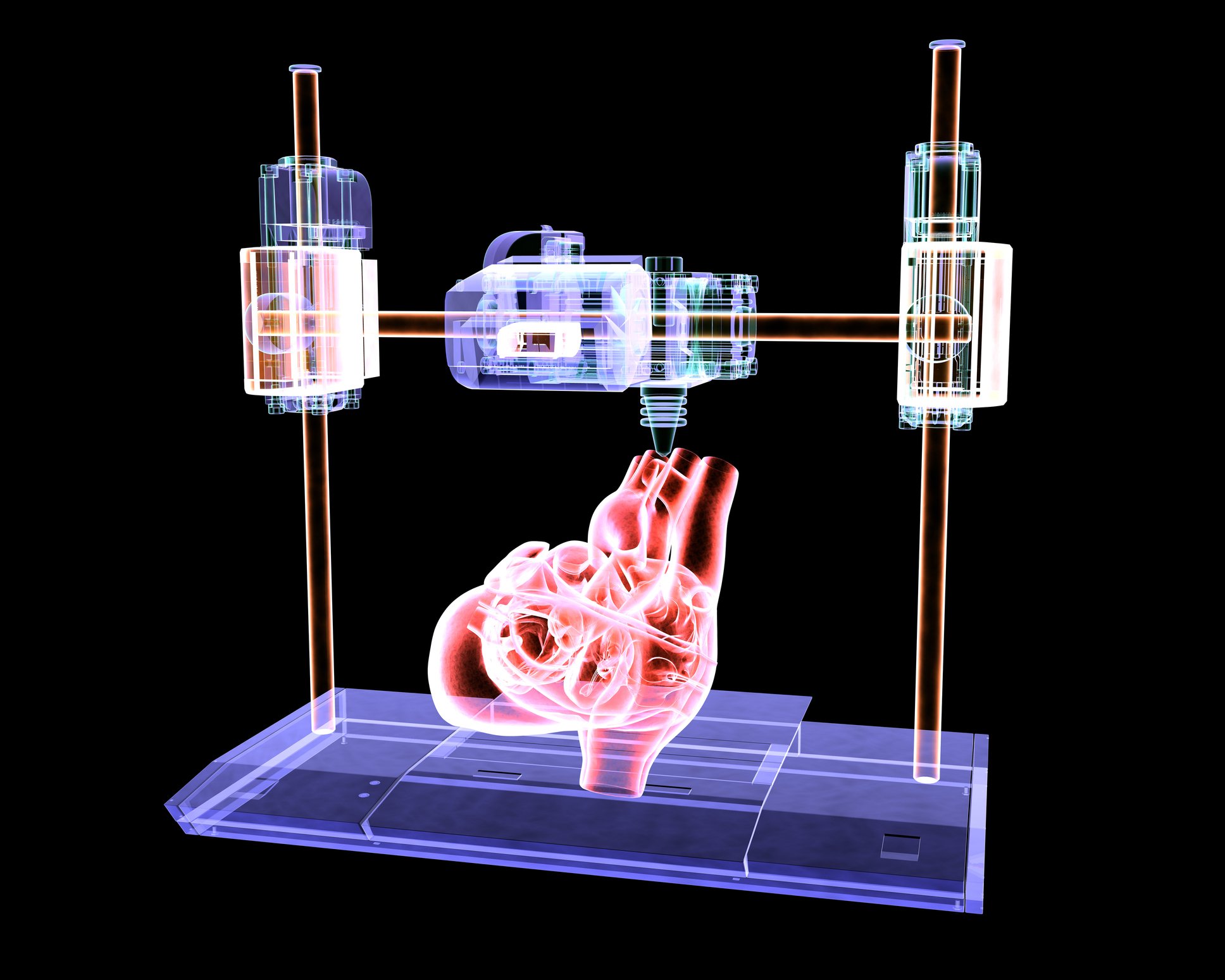The Fool headed out to Vegas to check out the 2014 International Consumer Electronics Show. With more than 3,200 exhibitors, including 88% of the top retailers in consumer electronics, the CES is the place to be to see what's coming up in tech.
What hurdles need to be overcome before we see mass adoption of alternative energy in consumer vehicles? In addition to the obvious issue of cost, infrastructure can be a limiting factor. One advantage of the solar concept is that it doesn't rely on the availability of external infrastructure.
Thanks to an uncanny ability to identify key trends in technology, David Gardner has established a market-thumping track record. Investors saw a slew of storylines coming out of CES 2014, but the real challenge is recognizing where the opportunities truly lie. Click here to get David's latest thinking on where you should be invested to profit on the future of technology.
A full transcript follows the video.
Austin Smith: One last question -- thank you for your stamina here! I represent investors at The Motley Fool, so of course we're always concerned with, what does the scale of these technologies look like? What does the scale of these vehicles look like?
What, in your mind, are the biggest hurdles that we should be looking at for mass adoption of these alternative fuel technologies in vehicles -- whether it be solar, plug-in electric, fuel cell -- are there big obstacles, either specific to this technology, or just that multitude, that Crock Pot of technologies you discussed earlier?
Ford Representative: I think customer adoption of these -- mass customer adoption, not just the early adopters -- is always quite cost-dependent, so that's one thing that we are being very sensitive to. We want to offer customers a breadth of solutions.
We clearly recognize that those solutions need to be cost-effective and give the customer the bang for the buck. As batteries get better, as solar panels become more efficient, those are some of the things that are going to start to play out in coming years, where it's going to give people -- for the amount that they're willing to pay -- really the energy density that's going to be there.
Of course, there's also got to be infrastructure there to support the technologies that are on the cars. You're talking hydrogen fuel cells -- those are great, but there's got to be infrastructure there to support it.
That's one of the key pieces that we're really excited about with this concept here -- that, because it's taking this plug-in electric vehicle off the grid entirely, it's almost disconnecting you from the need for infrastructure, possibly. There's a freedom in that.
This is a very standalone concept. It doesn't need to be supported by an electric grid, and that's part of why we've been quite excited about it.
Smith: Interesting. Thank you so much for your time and comments. Really interesting concept -- can't wait to see them on the road.
Fools, thanks for tuning in to see the C-MAX solar powered hybrid car here. Make sure you head back to Fool.com for more coverage of CES 2014.




